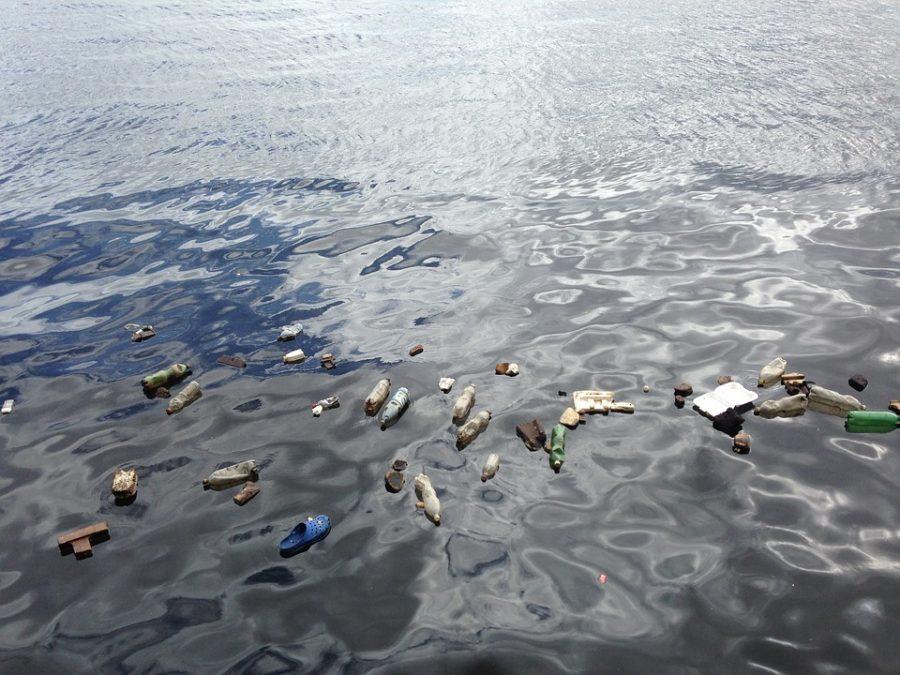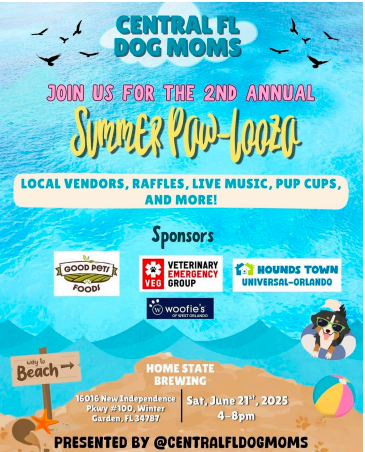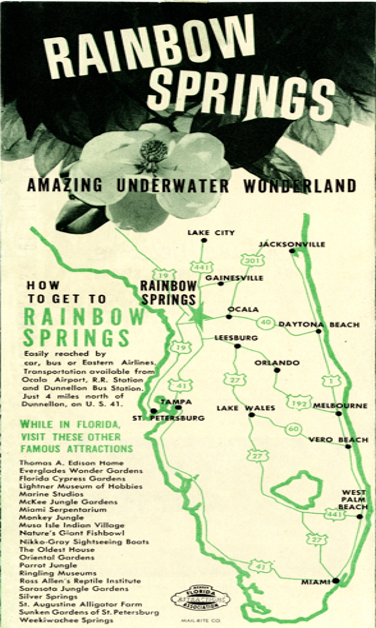Earth Day Tip: Recycle

https://pixabay.com/en/water-polluted-plastic-garbage-2655759/
Plastic litters the ocean.
April 22, 2018
Valencia College has recycling bins all around campus, but some students wonder what’s actually recyclable and why it is such a big deal.
According to KQED Education, more than 300 million tons of plastic are produced worldwide every year. Many of these products could be recycled, but people fail to look at the product details or for the “recycle symbol” that lets you know it is a recyclable item.
This is a real problem. Just last year, National Geographic published an article called “A Whopping 91% of Plastic Isn’t Recycled,” where it explained how plastic takes more than 400 years to biodegrade. When it does disintegrate, most plastic turns into microplastics, which are small plastic pieces that can be harmful to aquatic wildlife. One estimate claims that the oceans across the planet are expected by 2050 to have more plastics than fish by weight.
But the good news is that recyclables are not restricted to just used paper and plastic water or soda bottles. There are more products that can be recycled, and it is not too late to help.
Shelby Norris, a 21-year-old Valencia College oceanography student and educator at SEA Life Orlando, recommended to look at the symbols on plastic coffee cups. Norris said, “When you buy iced coffee from places like Starbucks, McDonald’s and Dunkin Donuts, you think they would be considered regular trash.” But Norris explained that before she went into marine conservation, she always thought that everything that wasn’t a plastic bottles was trash. Norris stated, “After I started working with SEA Life, I learned that if you look at the symbols that all of these plastic coffee cups have, you will notice things like the recycling symbol. That means this cup would be able to be recycled, as well as being able to save the oceans.”
Paige Johnson, a camp counselor at SeaWorld, said that the constant usage of plastic is starting to affect aquatic animals. Johnson stated, “When we release balloons or don’t pick up our trash we might think it doesn’t have consequences, and that’s where we are wrong.” She explained how plastic bags and balloons have been affecting the oceans in general, but especially sea turtles. Johnson said, “This trash gets stuck in the sea turtles’ stomachs, making it impossible for them to eat anything else. Therefore, they starve to death unless someone helps them get the trash out.”
Paola Rios, a 23-year-old Valencia College accounting major explained how she wasn’t aware of these problems until she took an Intro to Oceanography class. Rios stated, “I was very oblivious to this ongoing problem. I would use plastic and not think about the consequences.” Rios lamented about the huge garbage patch in the Atlantic Ocean which not only affects aquatic wildlife, but also the aquatic ecosystems. Rios said, “Just by picking up the trash you see around campus or every time you go to the beach, you’re giving a great help to our world, but specially to our oceans.”
Just because the problem can’t be seen, doesn’t mean it does not exist. Right now plastic is affecting aquatic wildlife so much that The New York Times published an article on a sperm whale that was found on Feb. 27, 2018 with 64 pounds of trash inside of it. Many more sea animals and other marine life have been critically affected by unrecycled plastic.
By being aware, paying attention to recyclable symbols on products, and then taking action, humans can contribute to conservation and the preservation of the oceans.



